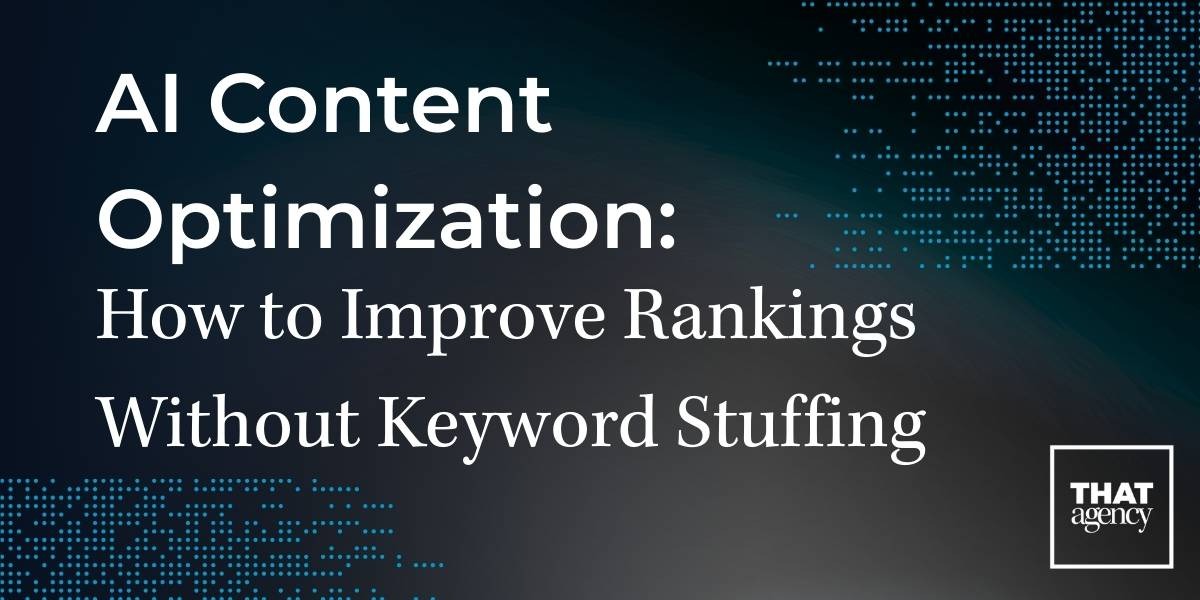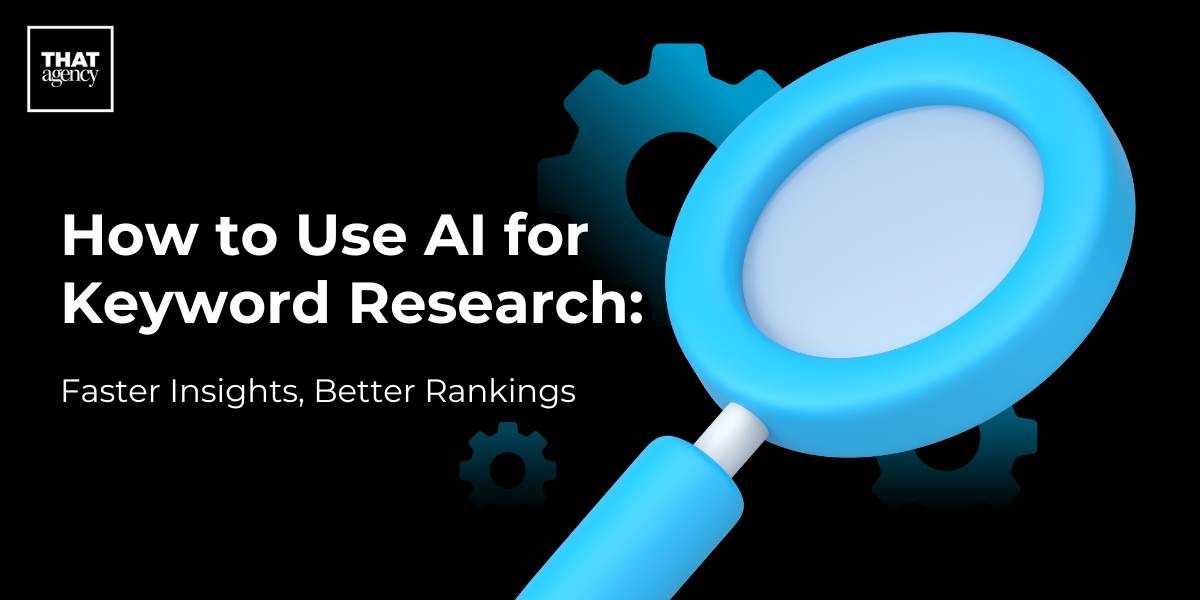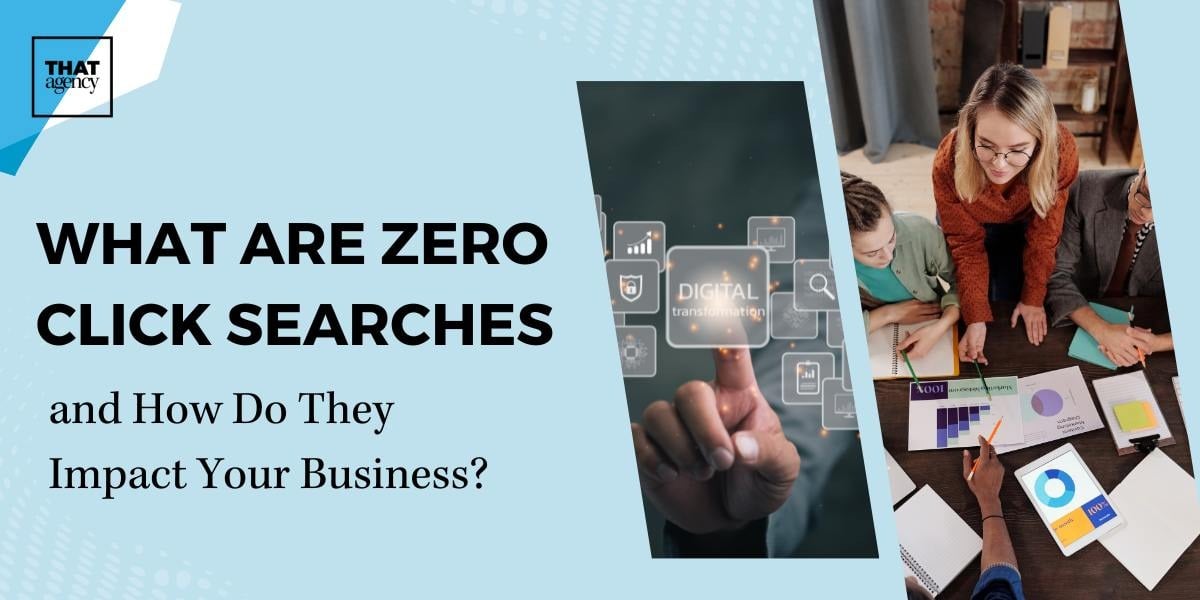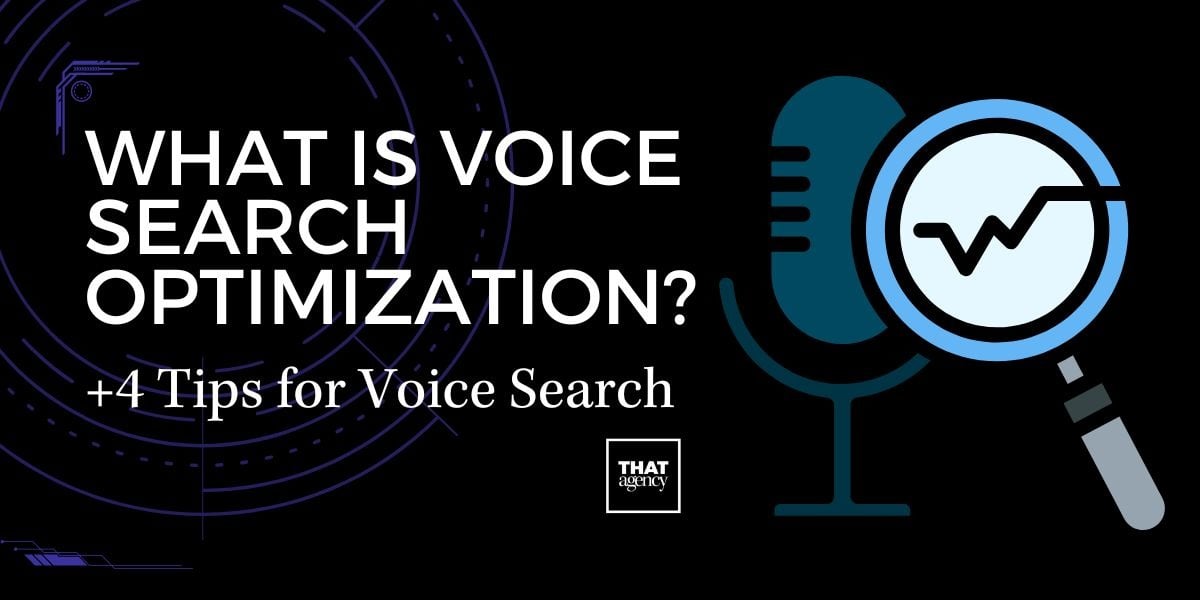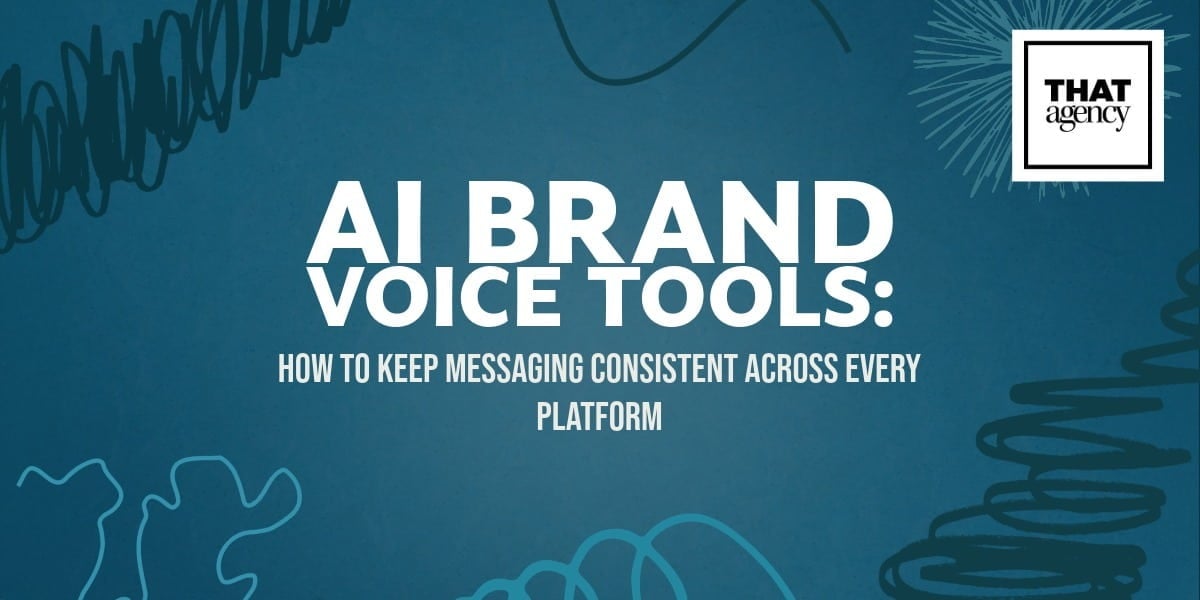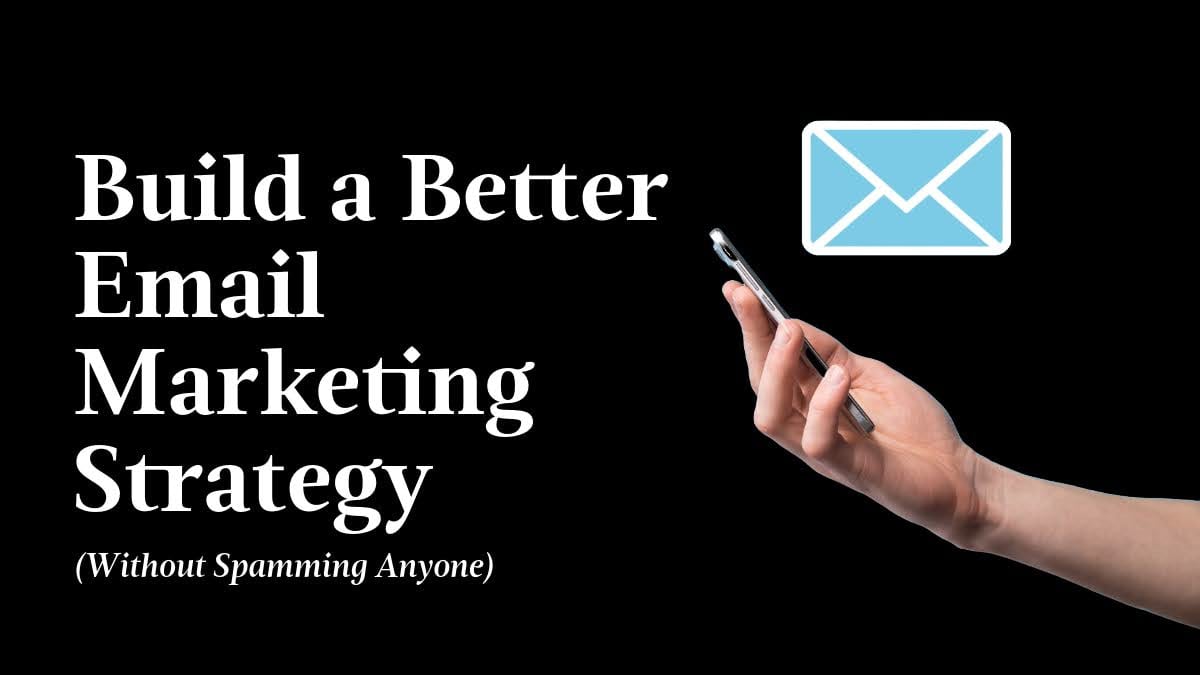
Email marketing strategy remains one of the most effective ways to reach your customers, but only if you do it right. A well-executed email marketing strategy can generate $36 for every dollar you spend, making it one of the most cost-effective marketing channels available. However, with people receiving countless emails daily, you need to stand out without being annoying.
The key is developing an email marketing strategy that genuinely helps your customers rather than just bothering them. This means moving beyond generic "Dear Customer" emails toward messages that feel personal and useful. When executed properly, email becomes a powerful tool for converting leads into customers and maintaining existing customer relationships.
Getting to Know Your Email Audience
Before sending a single email, you need to understand your audience. Today's consumers expect emails that speak directly to them and solve their problems. This shift has transformed email marketing from mass messaging to targeted campaigns based on real customer data and preferences.
Consider this: would you rather receive a generic email saying "Hey customer, buy our stuff" or one that says "Hi Sarah, here's that productivity tip you were looking for"? The personalized approach feels more valuable and relevant – exactly what your subscribers want.
Why Understanding Your Audience Matters More Than Ever
Modern consumers face hundreds of marketing messages daily. To cut through this noise, your emails need to feel like they're coming from a trusted friend who understands their challenges. This requires thorough research into who your subscribers are and what problems they're trying to solve.
When you truly understand your audience:
- Open rates increase because people recognize value in your subject lines
- Click-through rates improve because content matches their interests
- Unsubscribe rates decrease because your emails provide genuine value
- Sales grow because you're recommending relevant products at the right time
- Customer loyalty strengthens because people feel understood and valued
How to Research Your Email Audience
Wondering how to discover what your audience actually wants? Here are practical methods to understand your subscribers better:
Start with existing data. Analyze your current customer information. What do your best customers have in common? Which products do they purchase most frequently? When do they typically make purchases? This foundation provides valuable insights for your email marketing strategy.
Ask directly. Send simple surveys asking about their biggest challenges, preferred content types, or desired email frequency. Many people willingly share their preferences when asked respectfully.
Monitor behavior patterns. Track which emails receive the most opens and clicks. Which topics generate the highest engagement? This behavioral data reveals what your audience truly cares about versus what they claim to prefer.
Review social media interactions. Examine comments and questions on your social posts. What are people asking about? What problems are they trying to solve? This provides insight into their daily challenges and interests.
Consult your customer service team. They interact with customers daily and know exactly which questions arise most frequently. These common inquiries can become the foundation for helpful email content.
Building Quality Lists vs. Buying Lists
The most successful email campaigns start with subscribers who genuinely want to hear from you. Instead of purchasing email lists (which creates numerous problems), focus on creating valuable content that motivates people to sign up willingly.
Why buying email lists damages your email marketing strategy:
- Recipients didn't consent to receive your emails, leading to spam complaints
- It harms your sender reputation, making inbox delivery more difficult
- It violates the terms of service for most email platforms
- Lists often contain outdated or inactive email addresses
- It can create legal issues with CAN-SPAM and GDPR regulations
Better approaches to grow your email list:
- Create helpful guides or checklists that solve real problems
- Offer exclusive discounts or early access to sales
- Host webinars or online events requiring email registration
- Add signup forms to your website's highest-traffic pages
- Use social media to promote your email content value
- Partner with complementary businesses for cross-promotion opportunities
The Art of List Segmentation
Dividing your email list into smaller, targeted groups dramatically improves your results. When you send more relevant emails to specific segments, you'll see higher open rates, click-through rates, and conversions.
Common segmentation strategies:
- Demographics: Age, gender, location, job title, or company size
- Purchase behavior: Previous purchases, spending amounts, or purchase frequency
- Email engagement: Open rates, click rates, or forwarding behavior
- Website activity: Page visits, downloads, or time spent on site
- Interests: Topic preferences or problem-solving needs
- Customer lifecycle stage: New subscribers, active customers, or lapsed buyers
Segmentation questions answered:
"Isn't segmentation too complex for small businesses?"
Not at all. Start with 2-3 basic segments and expand gradually. Even simple segmentation like "new subscribers vs. existing customers" can significantly improve results.
"How small should segments be?"
Generally, maintain at least 100 people per segment for reliable performance data. Smaller segments may not provide meaningful insights.
"What if someone fits multiple segments?"
This is normal and expected. Most email platforms allow multiple segment membership, and you can establish priority rules for overlapping campaigns.
Creating Detailed Customer Personas
Customer personas are detailed character profiles representing your ideal subscribers. Instead of thinking about "customers" as one large group, you create specific profiles representing different subscriber types who might join your email list.
Essential persona elements:
- Basic demographics (age, location, profession, income)
- Goals and challenges they face regularly
- Preferred communication styles
- Buying decision influences
- Typical daily routines
- Primary concerns and worries
For example, a fitness business might develop "Busy Mom Sarah" who needs quick home workouts, and "Corporate Mike" who requires stress relief and energy for long work days. These personas need completely different email content despite sharing fitness interests.
Using Marketing Automation Tools to Save Time
Marketing automation tools have revolutionized email marketing by enabling automated campaigns based on subscriber behavior. These tools allow you to create sophisticated campaigns that guide people through your sales process without manual intervention.
Welcome email series work exceptionally well for new subscribers. These automated sequences introduce your brand and set expectations for future communications. They typically achieve higher open rates than regular newsletters and create excellent first impressions.
Cart abandonment campaigns prove incredibly effective. When someone adds items to their shopping cart but doesn't complete the purchase, marketing automation tools can automatically send reminder emails. These campaigns often recover 10-15% of abandoned purchases.
You can also configure marketing automation tools to trigger emails based on specific actions. For instance, when someone downloads a guide from your website, you can automatically send related information or relevant product recommendations.
Advanced Subscriber Segmentation
Once you're comfortable with basic segmentation, you can implement more sophisticated grouping strategies. Consider segmenting by purchasing behavior, website usage patterns, geographic location, or customer lifecycle stage.
Analyze your best customers to identify common characteristics. Recent purchasers might want usage tips for their new products, while customers who haven't purchased recently might respond to special offers or re-engagement campaigns.
Send targeted messages based on customer journey stage. New subscribers receive welcome emails, while long-term customers might get loyalty rewards or exclusive previews of new products.
Group subscribers by engagement level. Your most active subscribers might appreciate more frequent emails or exclusive content, while less engaged subscribers might need different approaches to recapture their attention.
Getting Your Timing and Frequency Right
Finding the optimal balance between staying connected and overwhelming subscribers requires testing and adjustment. Most successful businesses send 1-4 emails weekly, but the ideal frequency depends on your industry and audience preferences.
Test different sending times to determine when your subscribers are most likely to open and engage with emails. While Tuesday through Thursday between 10 AM and 2 PM often perform well, your specific audience might have different preferences.
Monitor your metrics closely. If unsubscribe rates increase or open rates decline, you might be sending too frequently or your content quality might need improvement.
Allow subscribers to choose their email frequency. You can ask about preferences during signup or provide options in account settings. This approach ensures people receive exactly what they want instead of feeling overwhelmed.
Writing Emails That People Actually Want to Read
Your email content must provide genuine value to subscribers. Every email should offer something useful – whether that's actionable information, exclusive deals, industry insights, or entertaining content. Avoid making every email a sales pitch.
Follow the 80/20 rule: 80% of your emails should be helpful and informative, while only 20% should directly promote sales. This approach builds trust and maintains subscriber interest in your communications.
Create honest but compelling subject lines. Avoid spam-trigger words or false promises. Instead, clearly communicate what's inside the email and why it's worth the subscriber's time to open it.
Personalize emails using subscriber data. Recommend products based on purchase history, share content matching their interests, and send offers that make sense for their specific situation.
Measuring Success and Continuous Improvement
Track your email performance metrics to identify what's working and what needs adjustment. Monitor open rates, click-through rates, conversion rates, and unsubscribe rates to understand your campaign effectiveness.
Test different email elements to optimize performance. Try various subject lines, send times, content formats, or call-to-action buttons. Test one element at a time to clearly identify what drives improvement.
Analyze revenue generation and customer lifetime value. This helps you understand not just engagement levels, but how that engagement translates to business results and long-term customer relationships.
Maintain list hygiene by removing inactive subscribers and fixing bounced email addresses. A smaller, engaged list typically performs better and costs less than a large list of disinterested subscribers.
Following Email Marketing Legal Requirements
Understanding email marketing laws protects your business and builds subscriber trust. These regulations serve as guidelines that keep you compliant while helping you build stronger customer relationships. Following these rules isn't just about avoiding legal trouble, it demonstrates respect for your subscribers' privacy and preferences.
Key regulations include the CAN-SPAM Act (United States) and GDPR (Europe, but affects any business emailing European customers). These laws require honest identification, truthful subject lines, clear unsubscribe options, and proper consent documentation.
Maintain proper records of how and when people agreed to receive your emails. This documentation is crucial if you need to prove compliance. Keep detailed records of signup dates, consent language, and any preference changes.
Preparing for the Future of Email Marketing
Email marketing continues evolving with new technologies and changing privacy regulations. Successful businesses adapt their strategies while maintaining focus on providing subscriber value.
Interactive elements like polls, surveys, and videos can increase email engagement, but ensure they work across different devices and email clients before implementation.
As privacy becomes increasingly important and tracking cookies disappear, focus on building direct relationships with subscribers and collecting information through valuable interactions rather than third-party tracking.
Integrate your email marketing with other marketing channels. Coordinate email campaigns with social media, blog content, and advertising to create consistent customer experiences across all touchpoints.
Ready to Transform Your Email Marketing?
Building an effective email marketing strategy requires balancing business goals with genuine subscriber value. Focus on obtaining proper consent, creating valuable content, using marketing automation tools strategically, and continuously improving based on performance data. This approach demands more upfront effort but delivers superior long-term results.
The most successful email marketing strategies treat subscribers as real people with genuine needs, not just email addresses in a database. This human-centered approach requires additional effort but leads to better engagement, stronger customer relationships, and sustainable business growth.
If you're ready to create an email marketing strategy that builds authentic connections with your audience while driving measurable results, contact the digital marketing experts at THAT Agency. Our team can help you develop email campaigns that respect your audience while achieving your business objectives.
